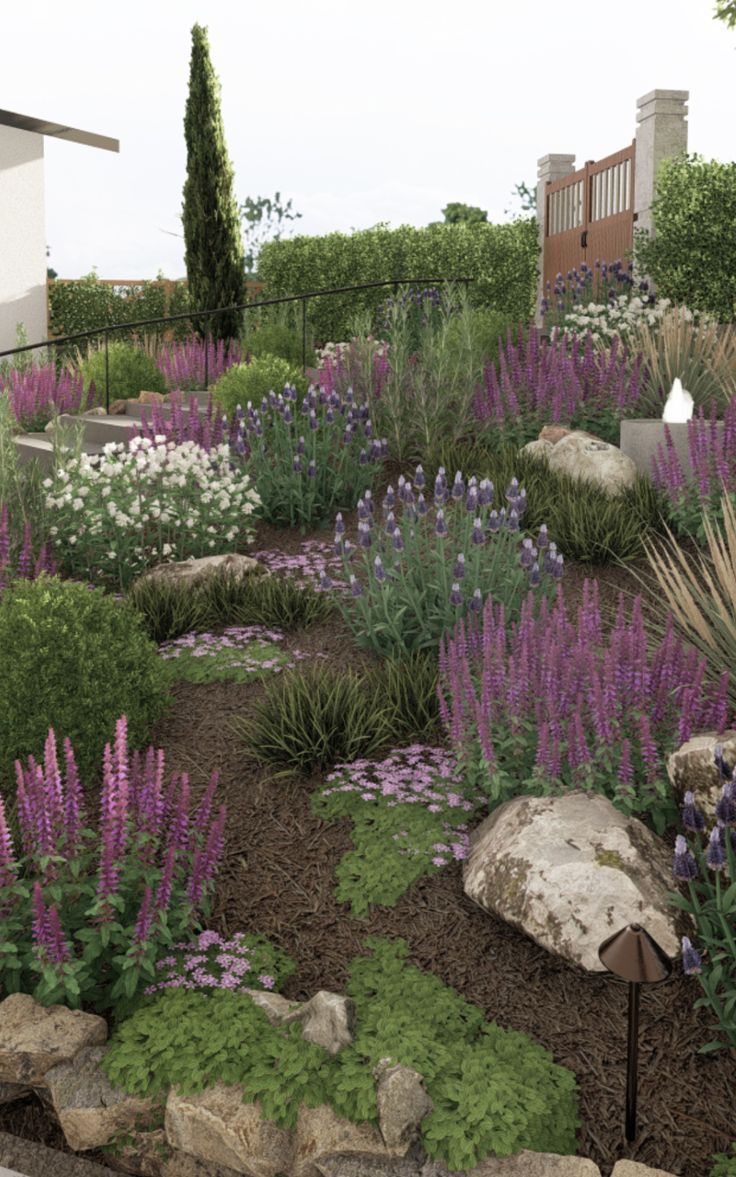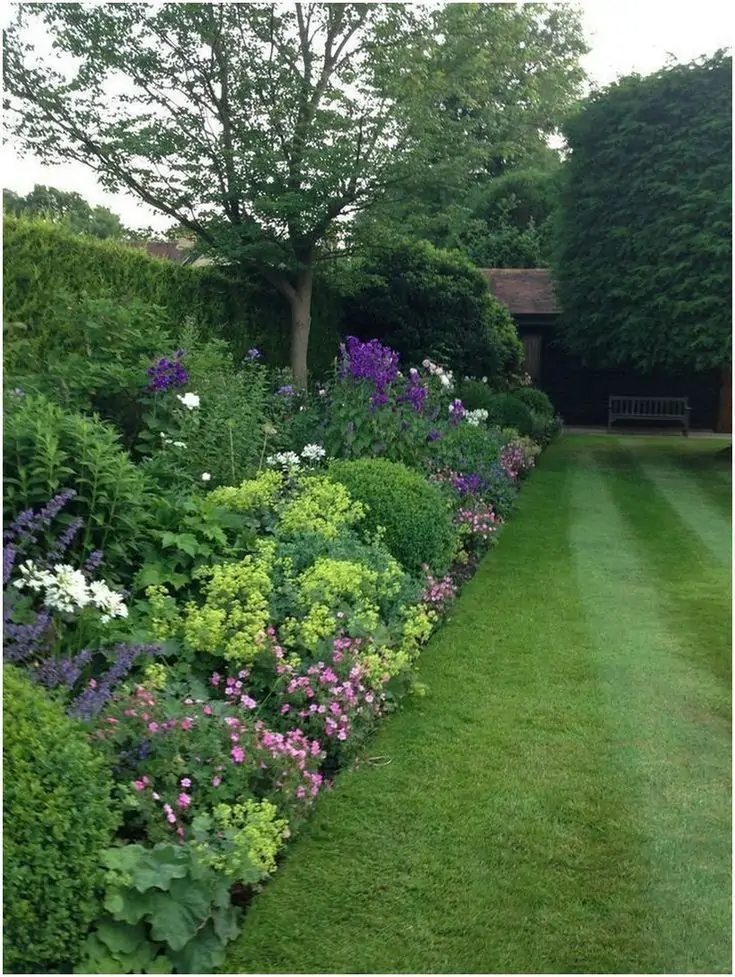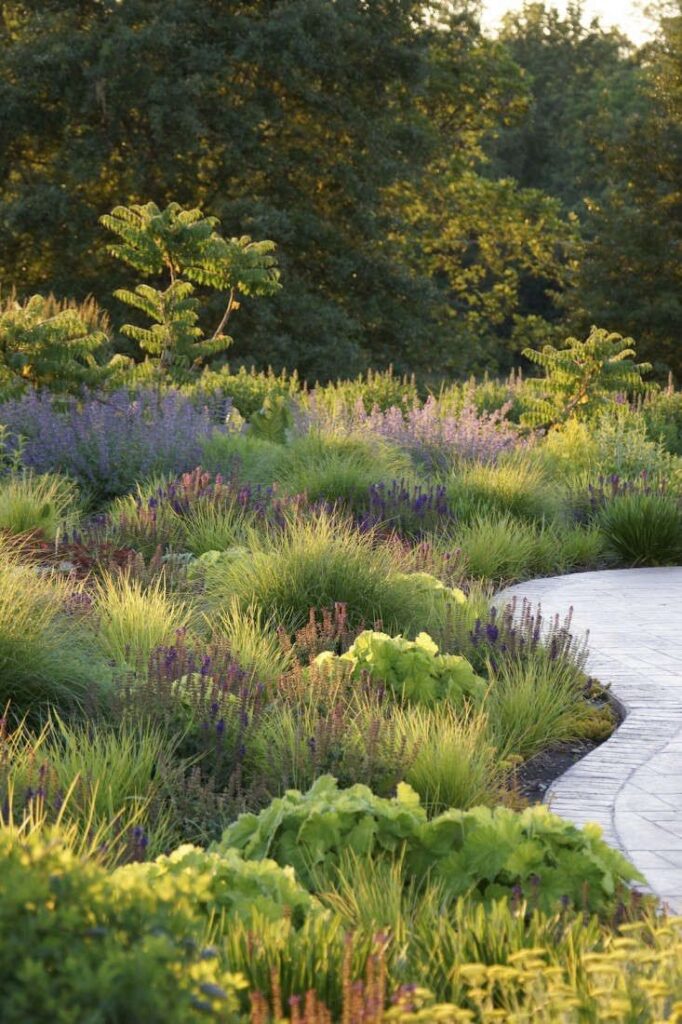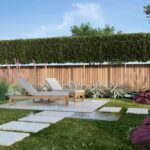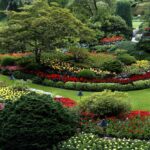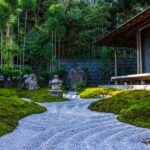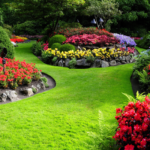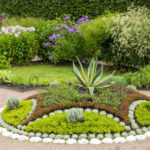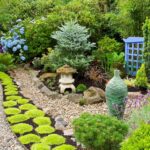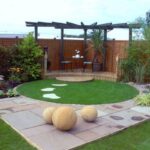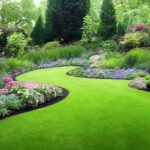A landscape garden is a type of garden design that focuses on creating a picturesque and natural setting in outdoor spaces. It typically involves the use of elements such as trees, shrubs, flowers, pathways, and water features to create a harmonious and aesthetically pleasing environment. The goal of a landscape garden is to create a space that enhances the beauty of the natural landscape while also providing a peaceful and relaxing retreat for people to enjoy.
One of the key features of a landscape garden is the use of carefully chosen plants and trees to create a sense of balance and harmony in the space. Different types of plants are often selected for their color, texture, and shape, with an emphasis on creating a cohesive and visually appealing look. By carefully arranging plants in the garden, landscape designers can create a sense of depth and perspective that adds to the overall beauty of the garden.
In addition to plants, landscape gardens often include other elements such as paths, bridges, and water features to enhance the natural beauty of the space. Paths can be designed to lead visitors through different areas of the garden, while bridges can provide a vantage point for viewing the surrounding landscape. Water features such as ponds, fountains, and streams add a soothing element to the garden, creating a sense of tranquility and relaxation.
The layout of a landscape garden is also an important aspect of its design. Gardens are often divided into different areas or “rooms,” each with its own distinct character and purpose. For example, a formal garden might feature symmetrical plantings and structured pathways, while a more informal garden might have a more natural and flowing design. By creating different areas within the garden, designers can add interest and variety to the space, making it more engaging and enjoyable for visitors to explore.
Another important aspect of landscape garden design is the use of hardscaping elements such as walls, fences, and pergolas. These elements can help define the boundaries of the garden and create structure within the space. Walls and fences can also provide privacy and protection from the elements, while pergolas can add vertical interest and provide a support structure for climbing plants. By incorporating hardscaping elements into the design, landscape designers can create a more cohesive and functional garden that is both beautiful and practical.
Overall, landscape gardens are a wonderful way to enhance the beauty of outdoor spaces and create a peaceful and relaxing retreat for people to enjoy. By carefully selecting plants, trees, and other elements, designers can create a harmonious and visually appealing environment that adds beauty and value to any property. Whether you have a small backyard or a sprawling estate, a landscape garden can transform your outdoor space into a serene and inviting oasis that you will enjoy for years to come.
